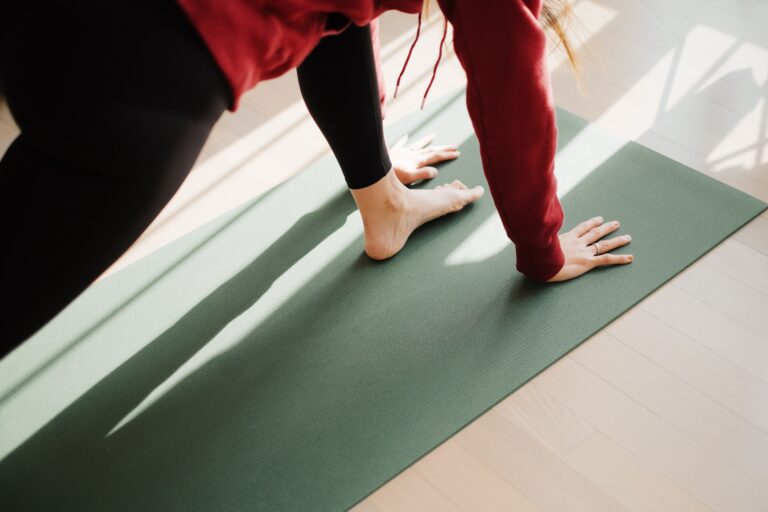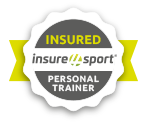Understanding Pilates

Q: What would you say to anyone sceptical about 10-30 min workouts being enough to see physical results?
A: It’s a common misconception that exercise must be long to be effective. This usually aligns with the notion that exercise is all about calories burned. Of course, we now know, with over a decade of research, that the energy used in a workout is borderline irrelevant when it comes to weight loss. So if we turn our attention to what does physical activity do? Obviously, it depends on the type of activity. Still, we’re looking at physical attributes such as increased strength and muscle, improved range of motion at a joint or muscle extensibility, or improved cardiovascular output like VO2 MAX.
So, back to the question, “Is 30 minutes enough”? 100% yes because, more often, with exercise, the initial stimulus in a workout is the greatest. As you continue to exercise, you start to fatigue, so the quality of work starts to drop off, and the workload you place on the body is not great enough to create an adaptation. We’ve all felt it when we start, we feel great, and we’re crushing the session. Then we begin to dip, and our mind wanders or focus goes, and we start moving poorly just to get the last couple of exercises done. But it turns into token gesture add-ons. Not quality work pushed hard. So not only is 30 mins enough, I’d argue it’s optimal.
Q: I haven’t had any DOMS since starting Pilates; what would you say to people who might worry that this is a sign that they aren’t building muscle or strength?
A: DOMS is Delayed Onset Muscle Soreness – and it’s the most misunderstood element of exercise, not just by fitness enthusiasts but by personal trainers as well. This idea that we “tear muscle down so they can be rebuilt” and come back stronger is incorrect but a common misconception. Muscle damage occurs during training, but muscle damage is not the cause of muscle being built. Actually, it’s more likely doing the opposite, certainly if someone is causing a lot of muscle damage. It’s also worth pointing out that the soreness element within training isn’t fully understood. We don’t know why it can take 48 to 72 hours for the onset of soreness to start. There are only hypotheses, no fixed conclusions.
But we do know that the things that cause a lot of damage to the muscle are a) novel exercises, constantly changing your exercises is the quickest way always to be sore b) exercises that emphasise holding muscles in stretched positions c) a high amount of contractions – so any high rep form of training can do this.
We also know that if you create so much soreness, you damage a significant amount of the muscle fibre. The body has to go through the process of “tissue remodelling”, which is rebuilding what was a perfectly functional muscle you managed to wreak. In this process, you won’t be making it stronger. You’re wasting energy and resources just bringing it back to where it was. A small amount of soreness is fine, but a lot of soreness, especially if you get it all the time, will put you back in your training – not forward.
Q: Is Pilates enough to build significant muscle and strength?
A: The key to any form of training is effort and progression. Your muscles have a certain tolerance to force / workload where you are right now. This is determined by how much physical stress you have placed it under in the last 1-2 months. As you train, you place force through the joints and, therefore, the muscles. This force is a stimulus that needs to be adapted to as we sleep so the body can build strength and muscle. As long as your training is progressive in nature, you will be able to add strength and muscle. You can progress a few things: 1) volume – the number of repetitions you can do 2) the tension – with Pilates, this could be with a bit more load, or it could be taking a muscle into a greater stretch under the same load. You can also progress the time the muscle stays under the contraction. Things like pulses can do this, or timed holds.
Progress from session to session is small and hard to measure. What you want to focus on more is a week-on-week and month-on-month progression. As long as you can do more every month, you will be building strength.
There are some limitations within Pilates to maximise muscle building, which is often more about the practical elements of it. It becomes hard to know if you are progressing; it’s hard to track session progress and try and work on small incremental increases. Weightlifting is a bit more obvious. You go up a weight, do two more reps, and log it. But, as I said, it’s not to say that’s a biological limitation. Anecdotally, plenty of women have done a lot of Pilates and have built amazing levels of strength and added muscle. With a final caveat, if adding muscle is your primary focus, I suggest doing resistance training. It is simply more practical and will get the job done quicker. But enjoyment is key because the most important thing is consistency. So you have to enjoy what you do and turn up, and if you would prefer to push hard in Pilates, that is the way to go.
If you have a question for me, please feel free to join in my weekly Q&As which I host on my Instagram channel.
If you want to get in touch and see how I can help your fitness and become your Online Personal Trainer, click here.


